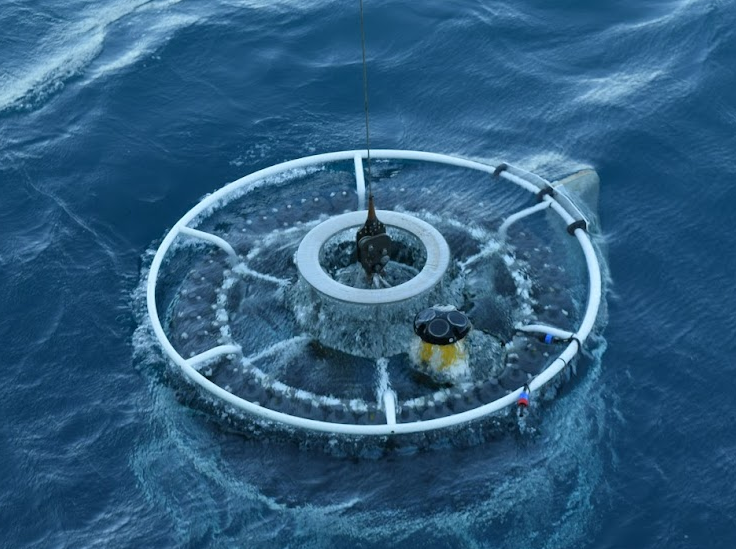Hands on - about the instrument SADCP
Published:
I was asked by our science communication person aboard RV Investigator to give a short talk about the SADCP. This happened when she asked me, “What is your favorite oceanographic instrument?” and I personally struggle to answer this kind of question.
But perhaps because I was working on the SADCP data, creating maps for our cruise, without much thought, I answered, “SADCP is pretty cool.” And indeed, it is a great and fundamental research instrument for oceanographers (and coastal and offshore engineers, and marine biologists, etc.). But honestly, I don’t know if I can answer this kind of question without hesitation. There are different ways of looking at the ocean, and all of them have peculiarities and limitations.
Anyways, now I will give this short interview video for students, and I am very excited to share the knowledge in a friendly and accessible format. And it made me think about the SADCP and what I could say about it to be relevant. During this thinking process, I realized that I’ve been using the data without paying much attention to some details.
For example, the drop keel present on the RV Investigator! I’ve heard about it, and someone may have already explained to me why this part of the vessel is important. But because on this cruise I am far from the raw data post-processing and the first level of data quality control, with many other priorities, I didn’t have enough time to actually think about it.
Therefore, the idea here is to explore in a succinct way what it is, how it measures, and why we care about the S-ADCP.
What is ADCP?

ADCP stands for Acoustic Doppler Current Profiler. It has sensors that transmit sound waves at a specific frequency. Using the information about how fast the sound waves travel and how they change, it is possible to measure the 4D ocean currents (XYZ and time). The sound waves transmitted are backscattered by particles of different sizes floating in the water, and they change the frequency of the wave according to how these particles are moving - this principle is called the Doppler effect. If the particle is approaching the sensor, the backscattered sound wave will have a higher frequency. If it is moving away, the returned frequency will be lower. The ADCP has multiple beams (or transducers) arranged at different angles. By comparing the Doppler shift from each of them, you can determine the speed and direction of the current. The velocity profile across different depths is measured by how long a transmitted signal takes to return.
What is S-ADCP?
Now that you know what an ADCP is, you might be asking, “And what about the S-ADCP? Was that a typo?” No, it wasn’t a typo. The “S” stands for Ship, and it refers to when an ADCP is mounted on the ship’s hull, looking downward and measuring the current profile along the ship’s track.
For the RV Investigator, the aforementioned “drop keel” is where this sensor is located. The drop keel is a 6-meter-long metal keel, weighing 3 tons, that can be lowered to about 4 meters below the hull. It is essential to keep the sensors away from the bubble zone and ship noise, which can interfere with the ADCP signal.
The RV Investigator is equipped with two ADCPs that operate at different frequencies: 150 kHz and 75 kHz. The higher frequency (150 kHz) can measure currents up to 300 meters deep, while the 75 kHz version can measure currents up to 800 meters deep (lower frequency is suitable for longer and more energetic waves). The 150 kHz ADCP goes shallower but provides a higher resolution between bins (the depth used to calculate current velocity).

For more photos from the drop keel, you can visit CSIRO website (please note that the dimensions on their website are incorrect).
Why currents are important?
Briefly, currents are important for the transport of heat, particles, nutrients, larvae, and navigation. Understanding the current patterns allows us to predict the origin and destination of various materials and anticipate the long-term consequences if these patterns change. Specifically for our voyage, we utilized near real-time data, in addition to Sea Surface Temperature (SST) and Sea Level Anomalies (SLA) from satellite images, to locate the eddy center by analyzing changes in horizontal velocity fields. The center point is where the velocity is at its minimum.
